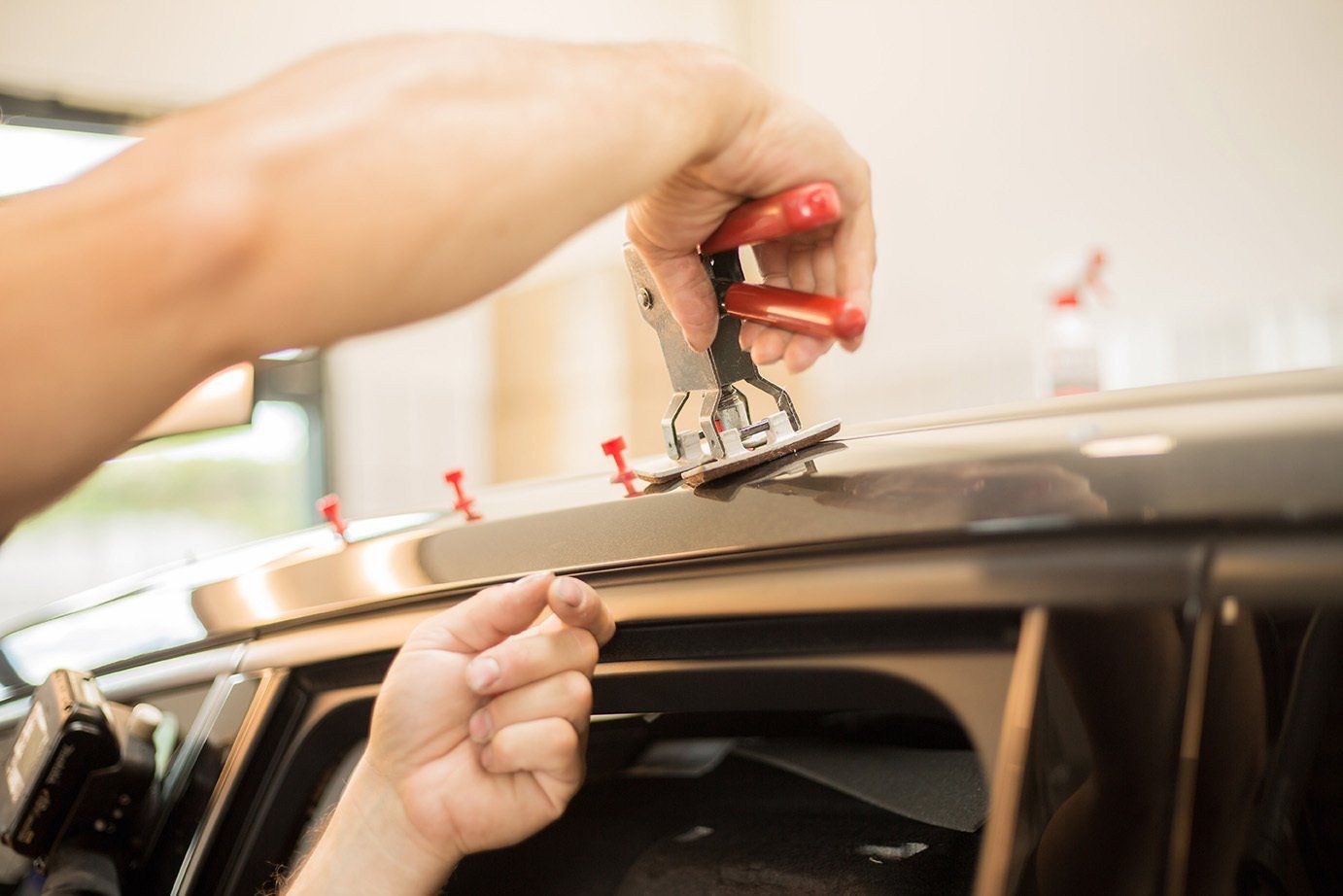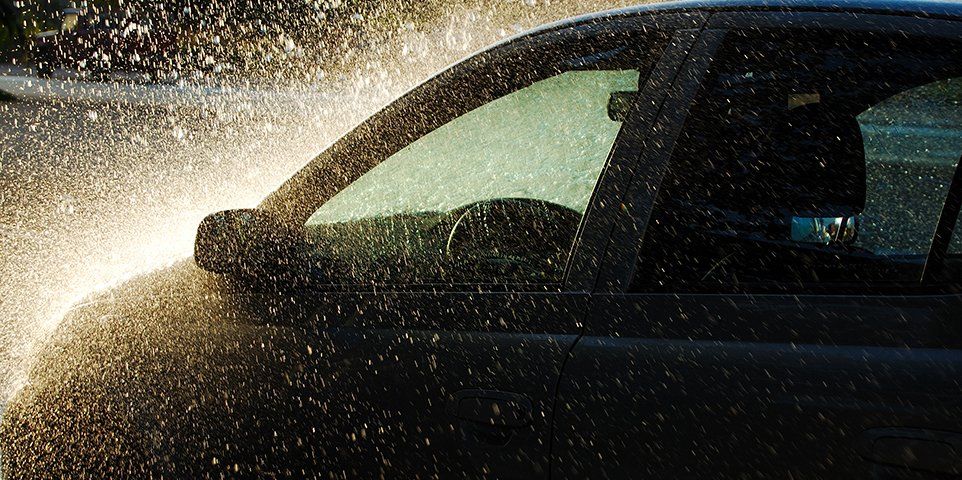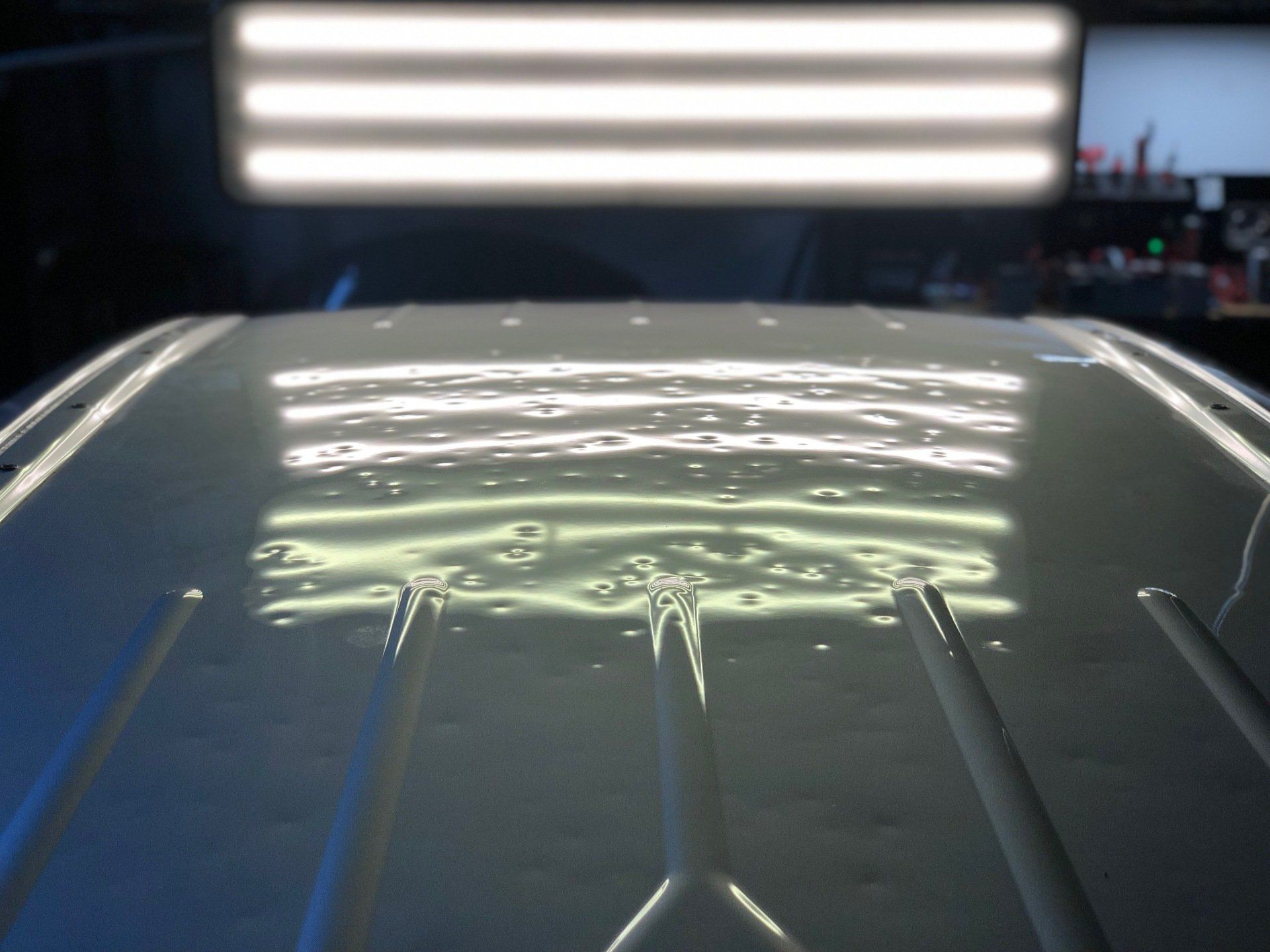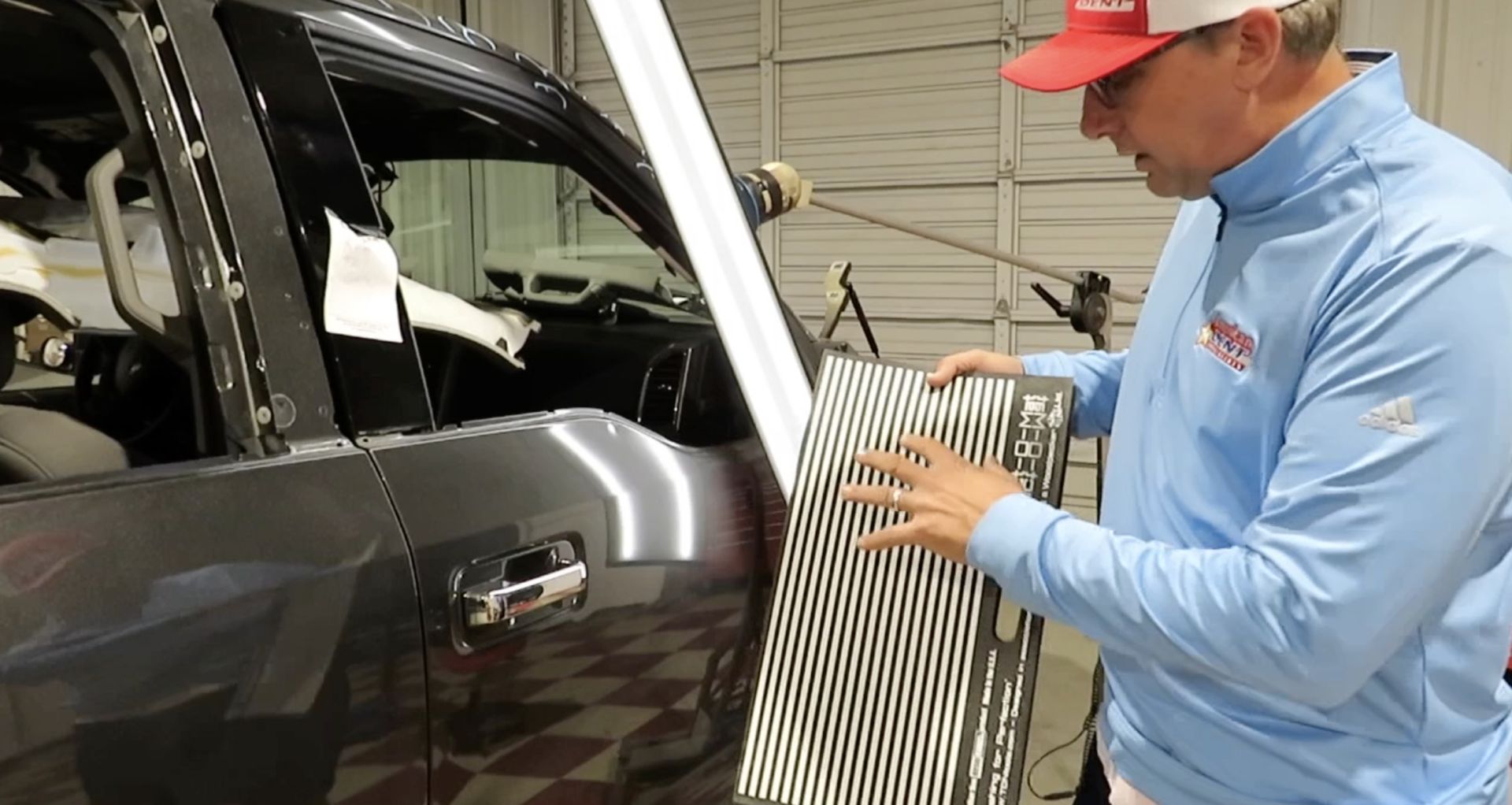Does your car need wax after a Ceramic Coating?
Can I apply wax after a ceramic coating?

The body content of your post goes here. To edit this text, click on it and delete this default text and start typing your own or paste your own from a different source.
For this question, we defer to the experts at Ceramic Pro. Check out their in depth discussion about waxing after ceramic coating below.
Did you know that car owners spend nearly $3 billion on auto paint care and maintenance products every year? And sales are not slowing down – even during a global pandemic and other ‘stuff’ going on. One of the quickest growing segments in the car care industry are professional nano ceramic coatings or their DIY counterparts. But after the ceramic coat is applied, many car owners wonder if you can apply wax on ceramic coatings?
Well – the answer to that question is a bit sarcastic – so I’ll apologize in advanced. Can you apply carnauba wax on your new nano ceramic coating? Yes you CAN. SHOULD you apply wax on that 9H hard, super hydrophobic surface, not for all the tea in China.
So – let’s explore this topic in detail. In the info below, we’ll outline a few of the reasons why putting car wax or a paint sealant on top of a DIY or professional grade ceramic coating is simply put – a bad idea.
How Does Wax Compare with a Ceramic Coating for Cars?
Let’s face it – traditional wax is dead. It’s the dinosaur of paint protection solutions – and even today’s lab-created synthetic stuff simply can’t hold a candle to the power, protection, and durability of a quartz coating. Today’s professional grade coatings offer years of protective qualities against UV exposure, bird droppings, tree sap, and other harmful contaminants.
Paste wax on its best day produces six months of coverage on top of a vehicle’s paint. A DIY coating lasts about 2 to 3 years at most. The professional 9H ceramic coating can last a lifetime – with annual inspections of course. The key to longevity for any ceramic coating is keeping it clean and free of debris or harmful contaminants that can accelerate the breakdown of these hard glass coatings.
However, it’s also crucial to find a product that can be used to provide a sacrificial layer on top of that coating. This is where the concept of using car wax on top of a ceramic coating comes into play. In theory, wax will stick to a ceramic coating, harden, then absorb all those harmful UV rays, chemicals, and bird droppings/bug splatters.
Again – theoretically – this is all true. However, there is one glaring and often misunderstood side-effect of that type of protection solution. Car wax contains a lot of natural oils, grease, and other sticky substances. That’s what produces the water beading effect you see after a fresh coating.
However, these substances also tend to attract dirt, dust, tree sap, and pollen – causing them to stick to the surface. This leads to a dirtier car, which is contrary to why people choose a ceramic coat vs car wax in the first place.
Why Are Ceramic Coatings Better than Wax or Sealants?
In short, a ceramic coating uses nano technology to penetrate microscopic imperfections that are found in porous materials. Virtually every item on your car is porous in nature, including clear coat on the car’s paint, glass, chrome, bare metals, coated wheels (like powder coating), carbon fiber, and vinyl or paint protection film.
When the coating is applied, it fills those tiny valleys then provides a thin layer on top which is incredibly flat. This protection helps to reduce swirl marks often produced by using an automated car wash or bad washing techniques.
There are some ceramic coatings – such as Ceramic Pro coating that can build layers, with each one, producing a flatter surface. This is a major contributing factor that produces the strength, durability, and the super hydrophobic properties that nano coatings are known.
Wax and paint sealants bond on top of the substrate or surface it’s trying to protect as opposed to penetrating and bonding inside those imperfections. The layer is not as flat, the substance does not cure as strong, and as such, it wears out much quicker.
Share This Blog










